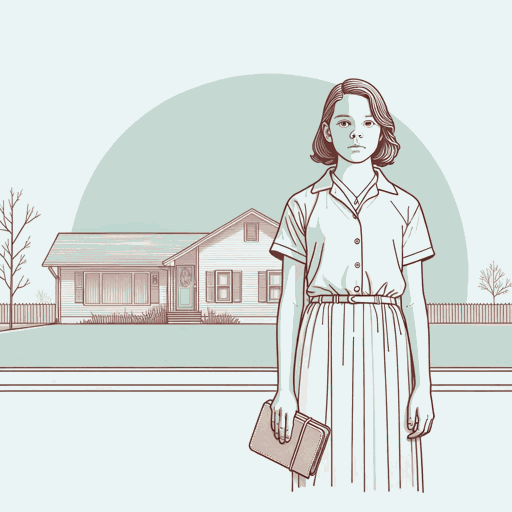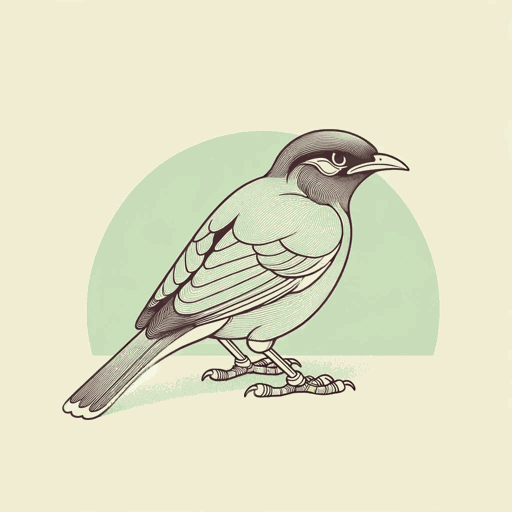43 pages • 1 hour read
Judy BlumeOtherwise Known as Sheila the Great
Fiction | Novel | Middle Grade | Published in 1972A modern alternative to SparkNotes and CliffsNotes, SuperSummary offers high-quality Study Guides with detailed chapter summaries and analysis of major themes, characters, and more.
Background
Scientific Context: Phobias and Fear Responses
Otherwise Known as Sheila the Great focuses heavily on Sheila’s fears and how they affect her interactions with the world and the people close to her. Childhood fears aren’t uncommon, but excessive fear can become a phobia if the child experiences it for a prolonged duration, sometimes as briefly as six months (“Phobias in Children.” Nationwide Children’s Hospital, 1 July 2021). Phobias are classified as a type of anxiety disorder because they can restrict a person’s functioning and daily activities. Sheila’s key fears—dogs and swimming—seem to have been present for at least six months, and they clearly impede her participation in life. Sheila finds fear in many situations, and her determination to take control of those situations (often to the point of angering or alienating other people) is her way of coping.
When met with frightening or threatening stimuli, humans tend to exhibit one of four recognized responses: fight, flight, freeze, or fawn. “Fight” refers to combative behavior, “flight” refers to running away or avoiding a frightening situation, “freeze” refers to involuntary immobility, and “fawn” refers to submissive behavior undertaken to avoid conflict. While different stimuli can trigger different responses, personality often comes into play, and different parts of the brain and nervous system get involved in each of the responses.
Related Titles
By Judy Blume

Are You There God? It's Me, Margaret
Judy Blume

Blubber
Judy Blume

Double Fudge
Judy Blume

Forever...
Judy Blume

Freckle Juice
Judy Blume

Fudge-a-Mania
Judy Blume

In The Unlikely Event
Judy Blume

Summer Sisters
Judy Blume

Superfudge
Judy Blume

Tales of a Fourth Grade Nothing
Judy Blume

Tiger Eyes
Judy Blume

